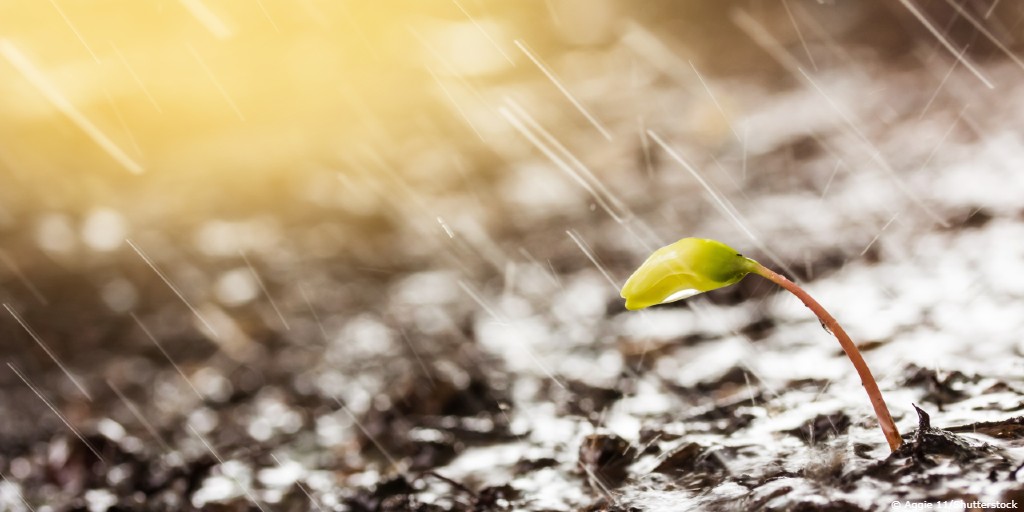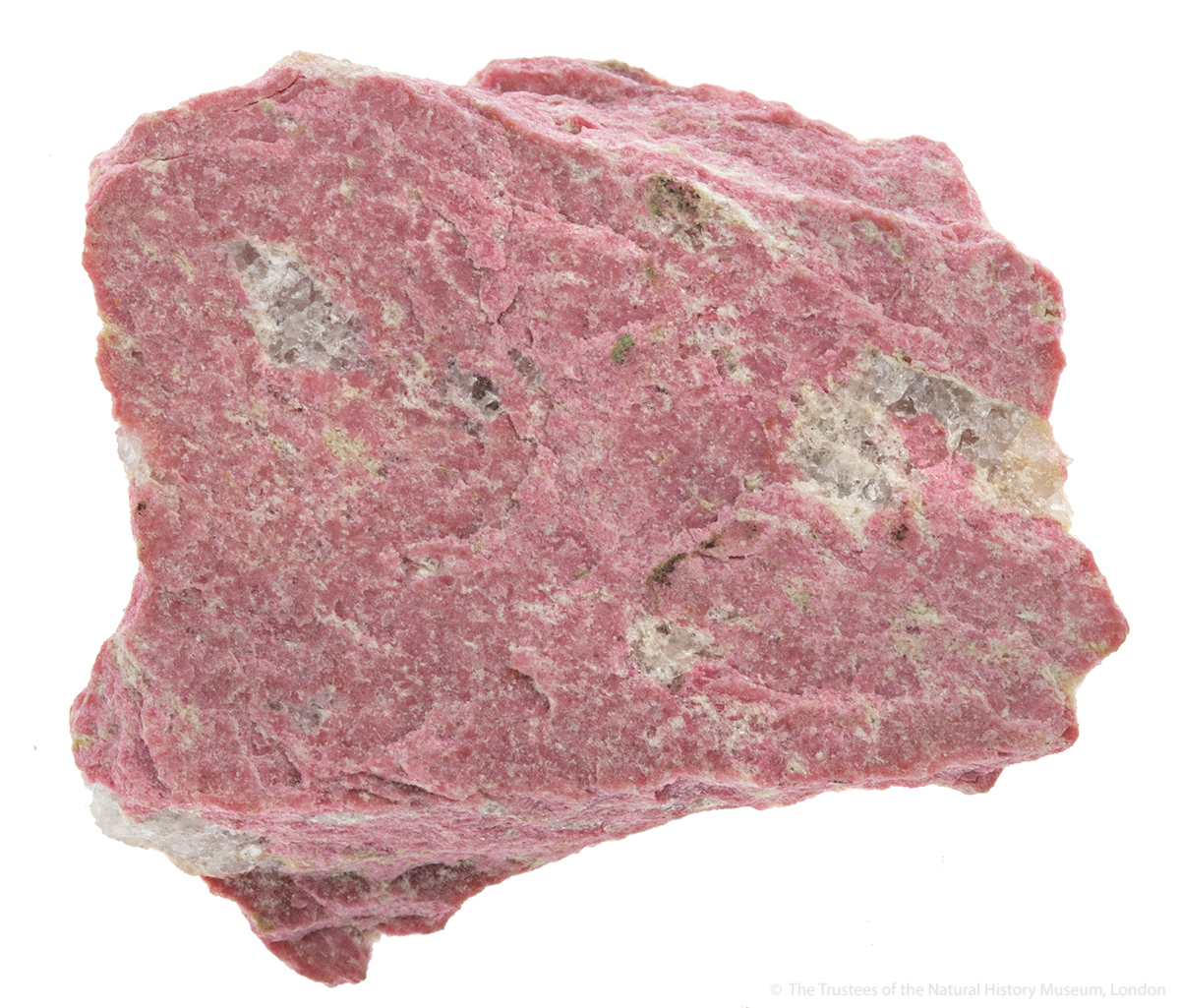It's #WildlifeConservationDay! Although there is always more to do when it comes to wildlife conservation, it's not all doom and gloom. There are many conservation success stories!
Here are 5 beautiful species that have been pulled back from the brink of extinction:
Here are 5 beautiful species that have been pulled back from the brink of extinction:
Peregrine falcons dive bomb their prey at more than 320 km/hr, making them the fastest animal in the world.
They became endangered in the 1970s, but with the banning of the DDT pesticide, captive breeding programmes and large-scale protection, they were saved from extinction.
They became endangered in the 1970s, but with the banning of the DDT pesticide, captive breeding programmes and large-scale protection, they were saved from extinction.

Mallorcan midwife toads raise their young differently - females lay a string of eggs and males then tie these around their legs until they are ready to hatch.
They were once thought to be extinct, but conservation actions have helped increase their numbers and distribution.
They were once thought to be extinct, but conservation actions have helped increase their numbers and distribution.

Sea otters don't have blubber to keep them warm, instead having extremely thick fur - the densest in the animal kingdom.
This meant they were extensively hunted. But bans on hunting and reintroduction programmes have meant that they now occupy two thirds of their former range.
This meant they were extensively hunted. But bans on hunting and reintroduction programmes have meant that they now occupy two thirds of their former range.

Blue whales are the largest mammals to ever exist, measuring up to 33 metres long and weighing up to 150 tonnes.
However, they were hunted to near extinction for their oil and fat. In 1966 they were given legal protection - since then their population has slowly been recovering.
However, they were hunted to near extinction for their oil and fat. In 1966 they were given legal protection - since then their population has slowly been recovering.

The pygmy Rwandan water lily needs the surface of damp mud to be precisely 25°C to flourish.
Although the water lily became extinct in the wild, a botanist had collected samples several years earlier, and after many trials and errors it was successfully cultivated.
Although the water lily became extinct in the wild, a botanist had collected samples several years earlier, and after many trials and errors it was successfully cultivated.

• • •
Missing some Tweet in this thread? You can try to
force a refresh













